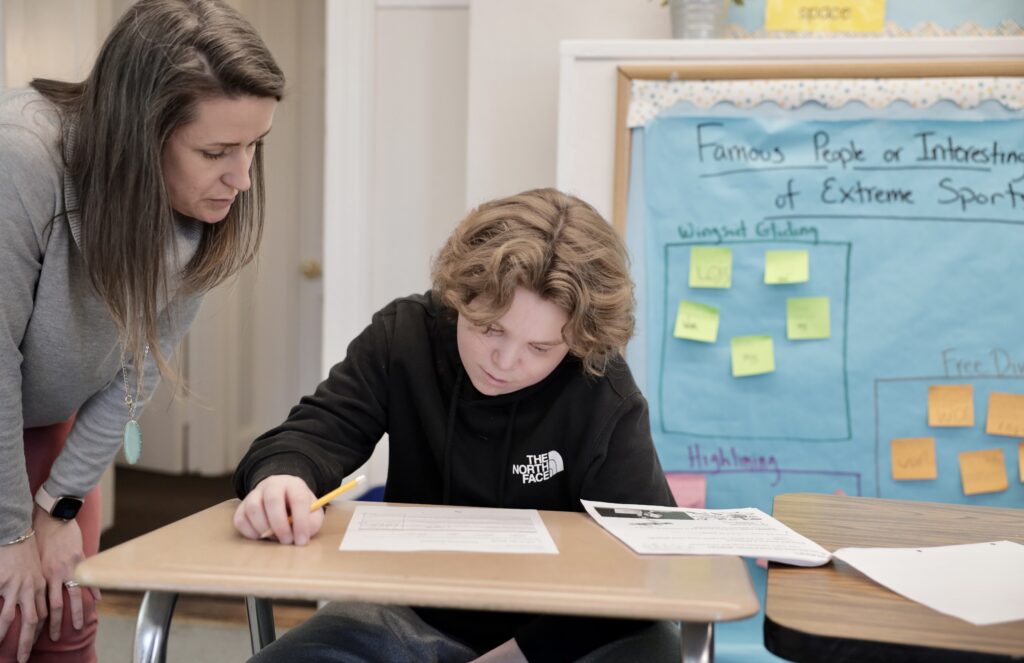Understanding Question Types
There are two main principles that I try to keep at the forefront of my mind when planning and developing lessons and working with my students. #1, I try to set the students up for success, and #2, I never assume anything. To set them up for success, I have to meet my students where they are and go from there. I cannot make an assumption that because I am working with middle-schoolers in grades 6-8 that they have all had the same experiences and exposure to content and skills, including the important skill of understanding question types.
Throughout their day, students are asked to read, listen, ask questions, follow directions, and answer questions. The questions presented to them come in many forms: matching, multiple-choice, fill-in-the-blank, true/false, short answer, or essay. These questions can be part of a formative or summative assessment or standardized testing. Teachers ask questions to check students’ understanding of material both orally and in writing. Additionally, to complicate matters, the language and syntax of these questions can vary depending on the writer or source of the question. For many students, responding to these types of questions is challenging. If any of the students have a language-based learning disability, the challenge level is raised a few notches. Since the focus of my class is on developing study skills, I asked myself, “What do my students know about question types? Do they have any strategies for approaching the questions?” When first exploring how to answer these questions, I went directly to my students.
To begin, I asked them to raise their hands if they have ever answered a question before; I was not surprised when everyone’s hand went up. Then, I asked them to tell me a few things: What was the question like? How was it presented? Some students were able to attach labels to the question types (e.g., true/false). Others had to describe what they looked like on the page (e.g., There was a sentence with something missing and then a, b, and c underneath.) I showed a matching exercise and asked if anyone could identify the kind of question. One student responded, “Fill-in-the-blank because there is that blank line where we need to write in the answer.” That was when I knew I needed to start by teaching students to identify various kinds of questions.
To ensure my students understood the new strategies, I needed to provide opportunities for the students to use them. I wanted my students to apply these techniques to homework assignments, classwork, and tests or quizzes. In order to make my students as independent as possible, I decided to create question strategy cards that they could reference when needed. These cards listed the question type, the methods that could be used to approach and answer the questions, as well as the evidence that would show that the strategy was employed. They were easy for students to access at their desks and to transport home to use as a resource on homework assignments. Using these techniques regularly with a familiar, predictable routine has allowed my students to identify different types of questions successfully. They have also approached and answered various questions with greater confidence and accuracy.



